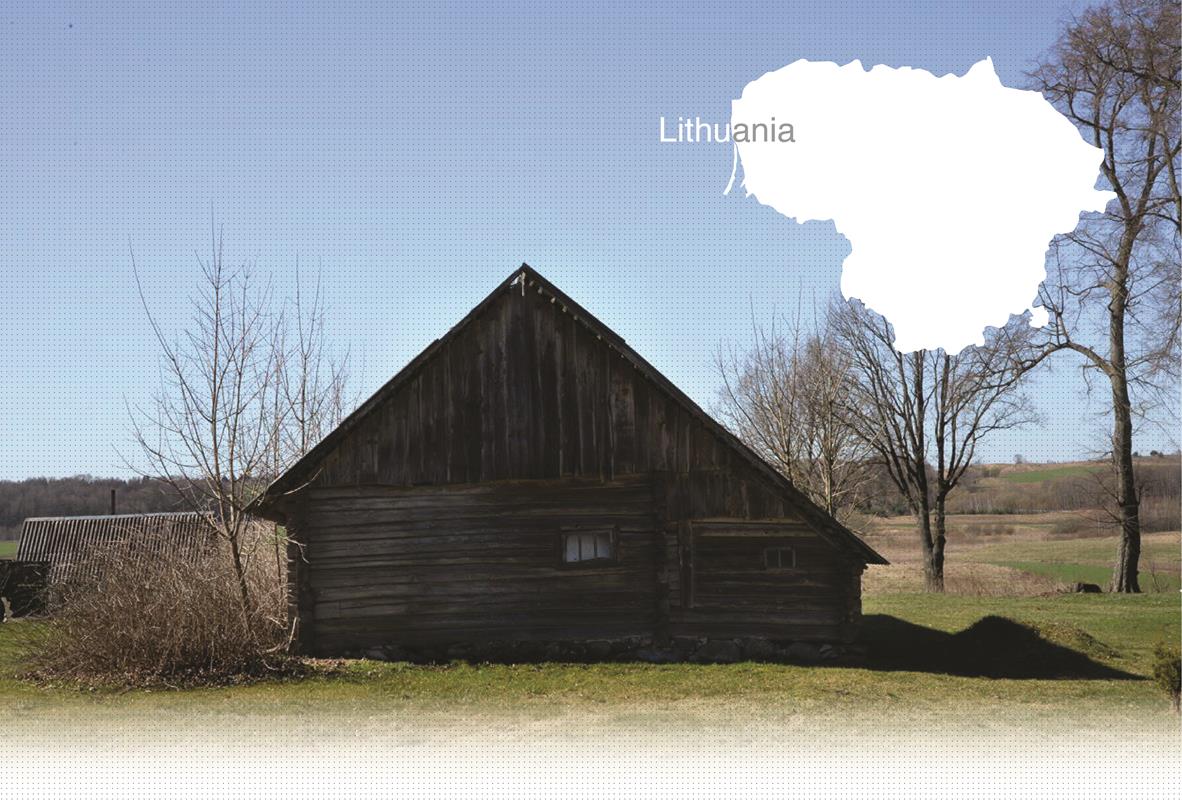

2 Killing site(s)
Valentinas V. remembers the day of the shooting: “30 Jews went to the pit holding hands. One German held a stick and gave it to the first Jew. That’s how they were brought there. Then, the command to shoot followed. There were 30 shots as 30 policemen aimed at 30 Jews.” (Witness N°52, interviewed in Švenčionėliai, on April 1, 2014).
“We, the undersigned members of the Commission [...], have opened the pit of the Jewish victims killed by the German occupiers. The pit is 156m long, 10m wide and 4m deep. A mound of earth is about 70-80cm height. We opened 10m of the pit and found many of corpses of men, women and children. Their skulls have bullet holes and their bones are broken. There are approximately 8000-9000 corpses in the pit. Only some of the victims are dressed, the majority wear only undergarments.” [The Act of the State Commission to investigate German-Fascist Crimes Committed on Soviet Territory, made on November 12, 1944, GARF 7021/94/435 ].
At the end of 19th century, Švenčionėliai was a small village with only 13 homesteads, but after constructing the railway line, the so called “Naujieji Švenčionys” (Nowe Swieciany) became one of the main railway hubs with 3,833 inhabitants in 1933. The main industry consisted of a locomotive repair depot and a match factory. In 1940, there were around 1000 Jews in Švenčionėliai, i.e. 20 percent of the total population.
After the arrival of the Germans in 1941, local Lithuanians formed an activist group to fight the Red army troops as well as the procommunist Jews. Jewish shops in Švenčionėliai were looted and the accused Jews were shot in the nearby forest in July 1941. According to Valentinas, born in 1925, “They tried to forestall the possible uprising, therefore those who were the most likely to organize one were arrested first. They went from house to house and gathered groups of 20-30 people. The Jews were told that they would be brought to work in the forest. They were collected in the morning and never came back.”
Soon after that, a ghetto was established on Kaltanėnų street, where the local Jews were gathered. In September 1941, all the Jews were relocated to barracks in the former Soviet military training camp about 1,5 km from Švenčionėliai. Several thousand Jews, brought from nearby towns and villages (Švenčionys, Ignalina, Daugėliškis, Kaltanėnai, Linkmenys, Pabradė, Adutiškis, Stajėtiškis, Saldutiškis, Labanoras, Mielagėnai, Ceikiniai...), were kept in 8 barracks for about a week. In October 1941, the German Security police informed the mayor and the police chief of Švenčionėliai that all the Jews would be executed. On the very same day, local residents were ordered to dig a pit. Valentinas, born in 1925, recalls that his landlord, Zinkov, was one of the diggers: “He was quite depressed when he came back in the morning. We asked what had happened. It was a secret; we didn’t talk about it out loud. He told me that they had dug a pit 200 m long, 10 m wide and 4 m deep. He assumed that the Jews would be shot there.”
On the 8th of October, all the Jews from the barracks were taken in smaller groups and shot in the pit that had been dug. Men were executed first. Women and children were shot afterwards. The killings lasted several days. People in Švenčionėliai could clearly hear the shots. Zenonas, born in 1923, recalls that he was harvesting potatoes at that time when he “heard the shooters counting “One, two, three!“ and then the shots. /.../ It repeated many times until everyone was killed.“ The precise number of victims is not known but, according to the Soviet archives, it is assumed that around 7000-9000 Jews were executed.
Soon after the shooting an auction of Jewish belongings was organized by the activists and the local administration in the building of the synagogue.
 Read Yahad-In Unum’s research report of the investigation in this area
Read Yahad-In Unum’s research report of the investigation in this area
 Go to the LitvakSIG website, whose mission is to preserve Litvak heritage by discovering, collecting, documenting and disseminating information about the once vibrant Jewish community of Lithuania.
Go to the LitvakSIG website, whose mission is to preserve Litvak heritage by discovering, collecting, documenting and disseminating information about the once vibrant Jewish community of Lithuania.
Do you have additional information regarding a village that you would like to share with Yahad ?
Please contact us at contact@yahadinunum.org
or by calling Yahad – In Unum at +33 (0) 1 53 20 13 17